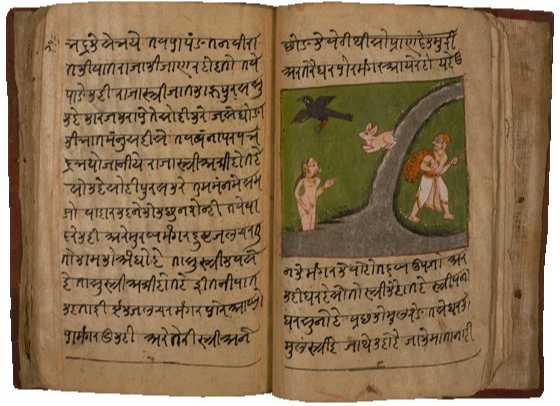WHY DO LANGUAGES DIE?
Languages can die for several reasons. The most common cause is replacement: people shift to another, often more dominant, language.
Other factors include:
▪️Colonization and cultural shifts
▪️Political changes
▪️Globalization
▪️Suppression of minority languages
A classic example is Latin, which faded away after the fall of the Roman Empire in 476 AD, slowly giving way to the Romance languages: Italian, Spanish, French, etc.
Languages can die for several reasons. The most common cause is replacement: people shift to another, often more dominant, language.
Other factors include:
▪️Colonization and cultural shifts
▪️Political changes
▪️Globalization
▪️Suppression of minority languages
A classic example is Latin, which faded away after the fall of the Roman Empire in 476 AD, slowly giving way to the Romance languages: Italian, Spanish, French, etc.
📜 TOP 3 DEAD LANGUAGES (That Are Still Worth Knowing!)
LanguageEasy Newsletter
Subscribe to LanguageEasy Newsletter to receive updates, language learning tips and more!
(❗sometimes e-mails may come to your spam box - be attentive and get a newsletter out of it 😉)
(❗sometimes e-mails may come to your spam box - be attentive and get a newsletter out of it 😉)




